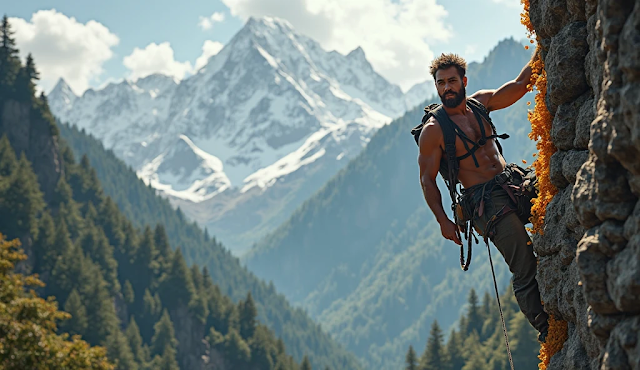Ultimate Guide to Trekking in Nepal: Nepal Trekking Trips & Adventure Tours
Nepal stands as the ultimate destination for trekking enthusiasts, offering an unparalleled combination of majestic Himalayan peaks,Cultural Adventure Tours, and diverse trekking routes. Whether you're planning your first trek or returning for another adventure, this comprehensive guide will help you navigate the world of Himalayan trekking with top operators like World Expeditions and experienced Himalayan Trekkers.
The Majesty of Nepalese Trekking Routes: Great Himalaya Trail - The Full Traverse - World Expeditions
The Everest Base Camp Trek remains the crown jewel of Himalayan adventures, attracting over 30,000 trekkers annually. This iconic route takes you through Sherpa villages, ancient monasteries, and ultimately to the base of the world's highest peak. Top Himalaya Guides recommend allocating 12-14 days for this trek, allowing proper acclimatization and time to explore cultural landmarks.
The Annapurna Sanctuary Trek offers a different perspective of Nepal's diversity. This trek leads you through rhododendron forests, traditional Gurung villages, and into the natural amphitheater of the Annapurna range. World Expeditions and other leading operators typically schedule this trek over 14 days, providing an optimal balance of challenge and comfort.
Choosing the Best Trekking Guide in Nepal
When selecting a guide service, several established companies stand out:
- World Expeditions: Known for their sustainable trekking practices and comprehensive support systems, they offer some of the most well-organized trips in the region.
- The Planet D: While primarily known for their travel documentation, they partner with reliable local operators and provide valuable insights for first-time trekkers.
- Top Himalaya Guides: Local expertise combined with international standards makes them a preferred choice for both classic and off-the-beaten-path treks.
Seasonal Considerations for Trekking in Nepal
The best times for trekking in Nepal are:
- October-November: Clear skies, moderate temperatures
- March-May: Spring flowers, stable weather
Essential Preparations for Himalayan Trekkers
- Physical Conditioning: Start training at least three months before your trek. Focus on cardiovascular endurance and strength training for legs.
- Altitude Acclimatization: Work with experienced operators like Himalayan Trekkers who build proper acclimatization days into their itineraries.
- Documentation: Ensure you have:
- Valid passport
- Trekking permits (TIMS card)
- National park entry permits
Beyond the Popular Routes
While Everest and Annapurna attract the most attention, the Langtang Valley Trek offers a less crowded alternative. This region, though devastated by the 2015 earthquake, has been rebuilt and provides intimate experiences with local Tamang culture and spectacular views of Langtang Lirung (7,227m).
Cultural Considerations for Responsible Trekking
Responsible trekking involves respecting local customs and traditions. Top operators emphasize:
- Appropriate dress codes
- Religious site etiquette
- Sustainable trekking practices
Frequently Asked Questions about Trekking in Nepal
- How much does it cost to trek in Nepal? Costs vary significantly based on route and operator. Expect to pay $1,500-3,000 for a guided two-week trek including permits, accommodation, and meals.
- Do I need previous trekking experience? Not necessarily. Many routes, like the Annapurna Base Camp trek, are suitable for beginners with good physical fitness.
- What's the best time to trek to Everest Base Camp? October-November and March-May offer the most stable weather conditions and clearest mountain views.
- Can I trek independently in Nepal? While possible, it's recommended to trek with registered guides for safety and cultural interpretation.
Looking Ahead: The Future of Trekking in Nepal
The future of trekking in Nepal continues to evolve with improved infrastructure and safety measures. World Expeditions and other operators are increasingly incorporating sustainable practices and supporting local communities.
For those seeking to explore the Himalayas beyond Nepal, many operators extend their services to:
- Tibet: High-altitude adventures and cultural exploration
- Bhutan: Exclusive trekking in the last Himalayan kingdom
- India: Ladakh and Sikkim treks
Conclusion
Whether you choose to trek with World Expeditions, The Planet D's recommended operators, or Top Himalaya Guides, Nepal offers an unmatched trekking experience. The key to a successful trek lies in careful planning, choosing the right operator, and respecting local cultures and environments.
Remember that while the mountains are the destination, the journey through Nepal's rich cultural landscape makes every step worthwhile. As you plan your Himalayan adventure, consider working with established operators who prioritize both your experience and the preservation of these magnificent regions for future generations.







0 Comments